1. What would you do to preserve the incident scene at this fire?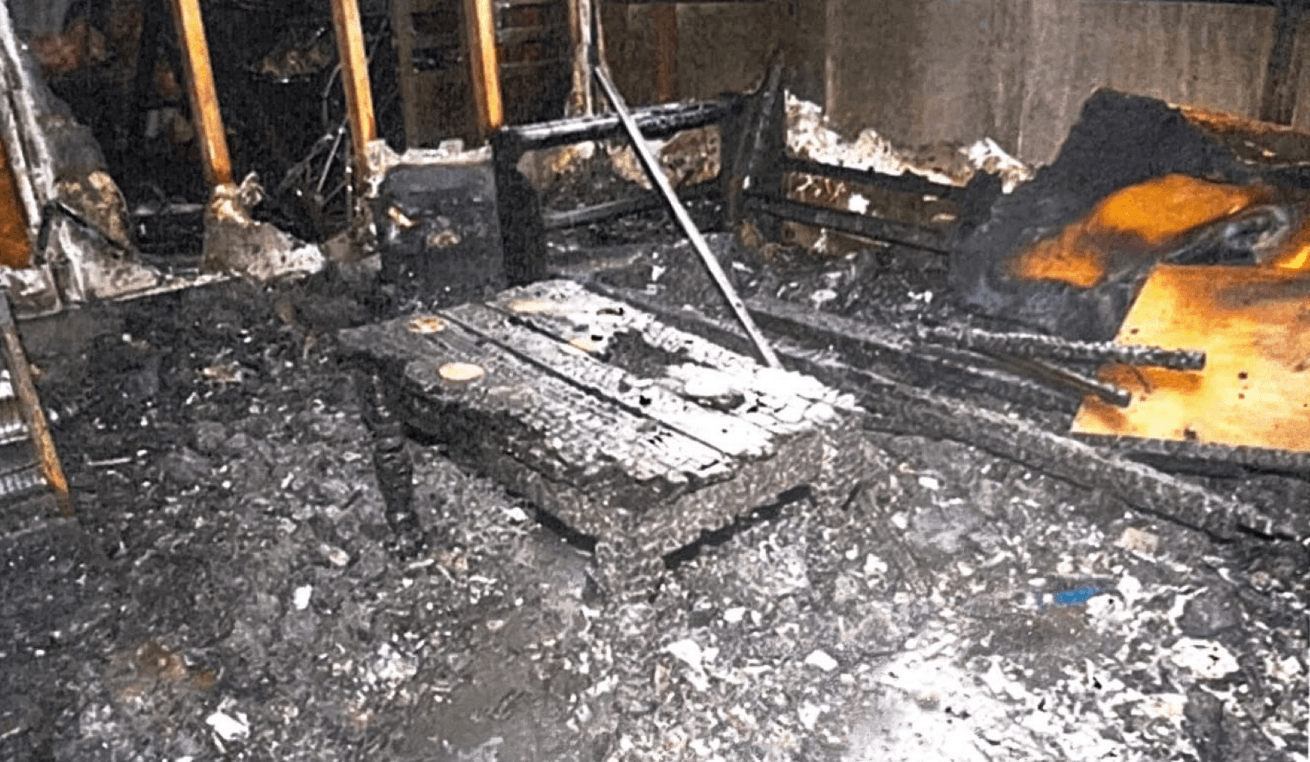
Minimise the use of water.
Use appropriate firefighting techniques.
Avoid moving furniture.
Tape off the entry to minimise traffic.
Create a scene log.
Notify the OIC if required to move any items.
2. What actions during extinguishment would assist in preserving the following scene?
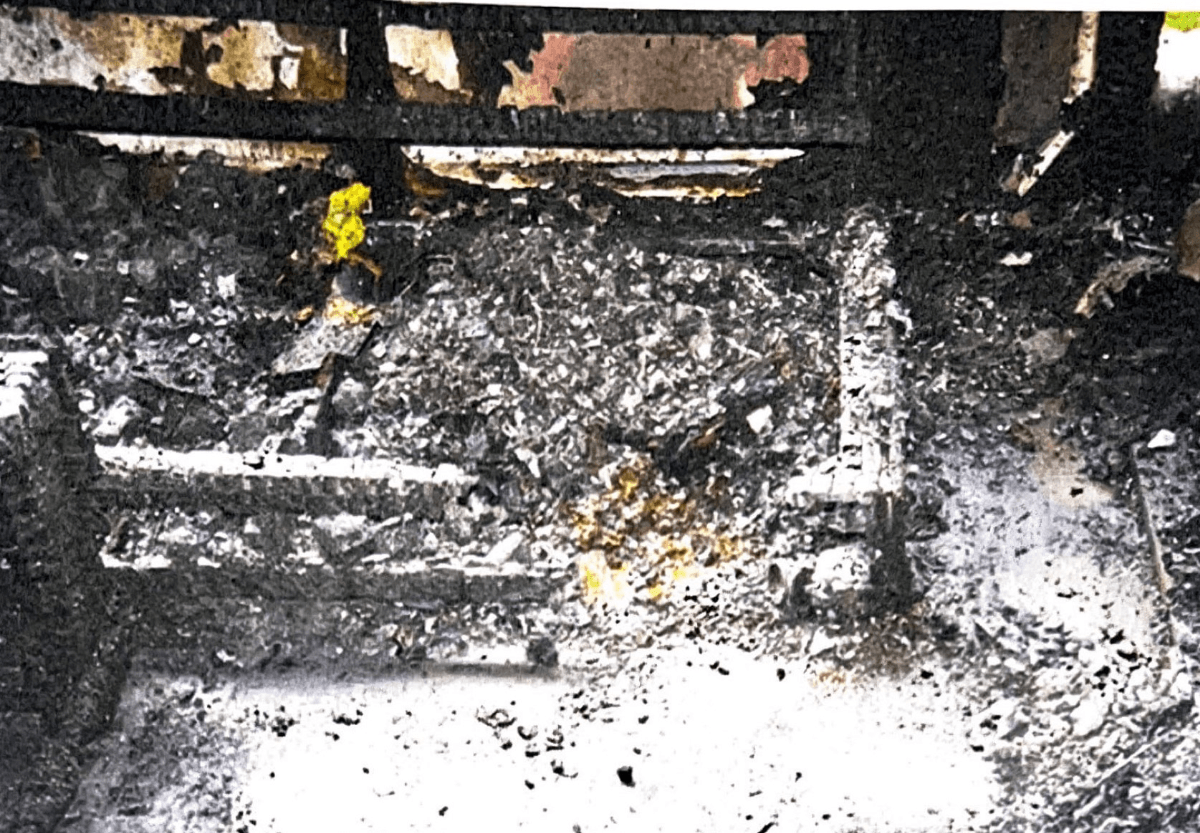
Using minimal water (fog spray or less).
Use the thermal imaging camera (TIC) to identify the seat of the fire.
Minimise Overhaul.
What equipment carried on a fire service aplliance would be useful in preserving a scene?
Witches hats
Restrictive tape
Tarpaulins
Part B. 1.
As a firefighter arriving on-scene you observe a number of witnesses. What steps should you take in regard to these witnesses? (Keeping in mind scene preservation, scene security and recording and reporting)
1. Remove any witnesses from the scene.
2. Take note of how they are dressed, their actions and demeanor.
3. How are they related to the fire scene.
4. How many witnesses.
Do they require medical assistance.
Part B. 9A.
List three (3) things you should observe which may assist in investigations En route to an incident.
Any three of the following answers:
1. Smoke colour.
2. Number of smoke columns.
3. Weather conditions.
4. Suspicious vehicles.
5. Suspicious Persons.
6. Barriers or Obstacles that have been placed to prevent brigade's arrival at scene.
Part B. 6.
Why is it necessary to control access to an incident scene and account for persons entering and leaving the incident scene?
1. To preserve the scene.
2. For safety.
3. For accountability.
4. To avoid unnecessary exposure.
3. What actions would you take to secure the scene?
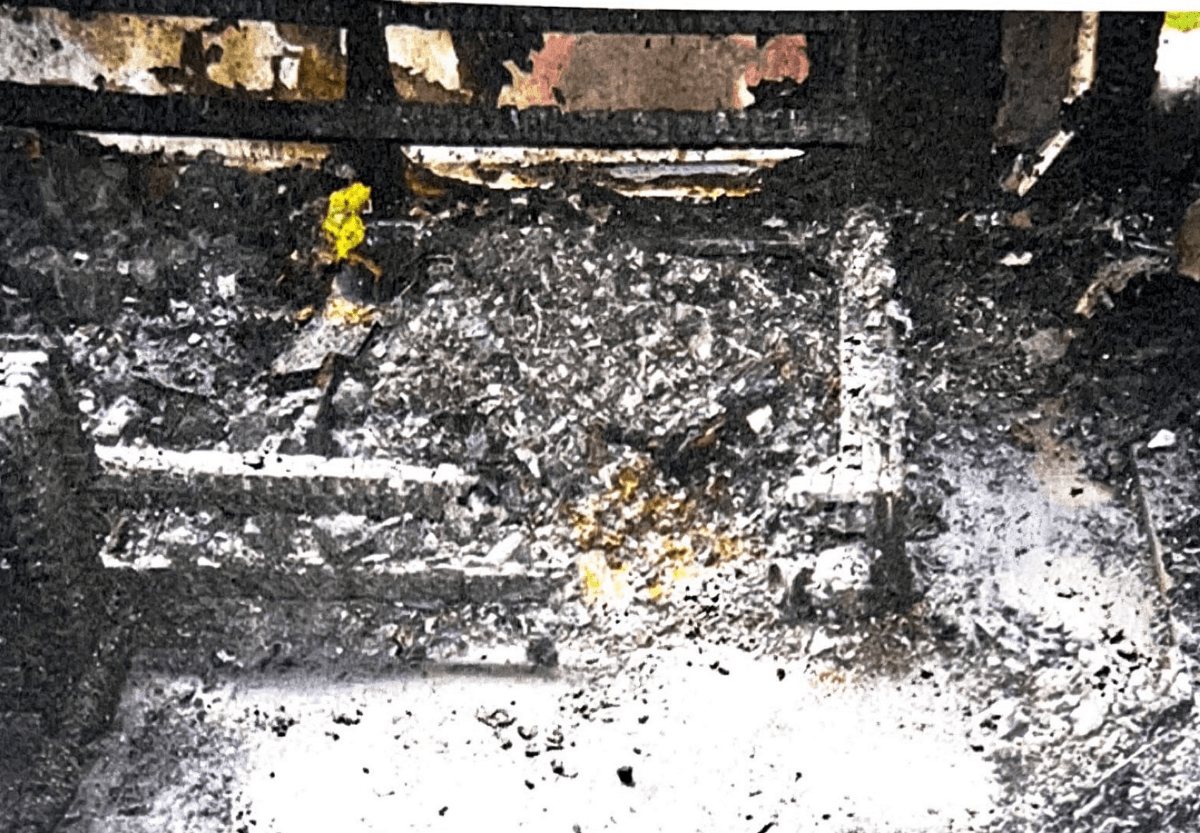
Limit traffic at the scene.
keep a record log of people entering and leaving the scene.
Cordon off the area using restrictive tape.
close doors.
5. List and detail how a firefighter can reduce scene contamination.
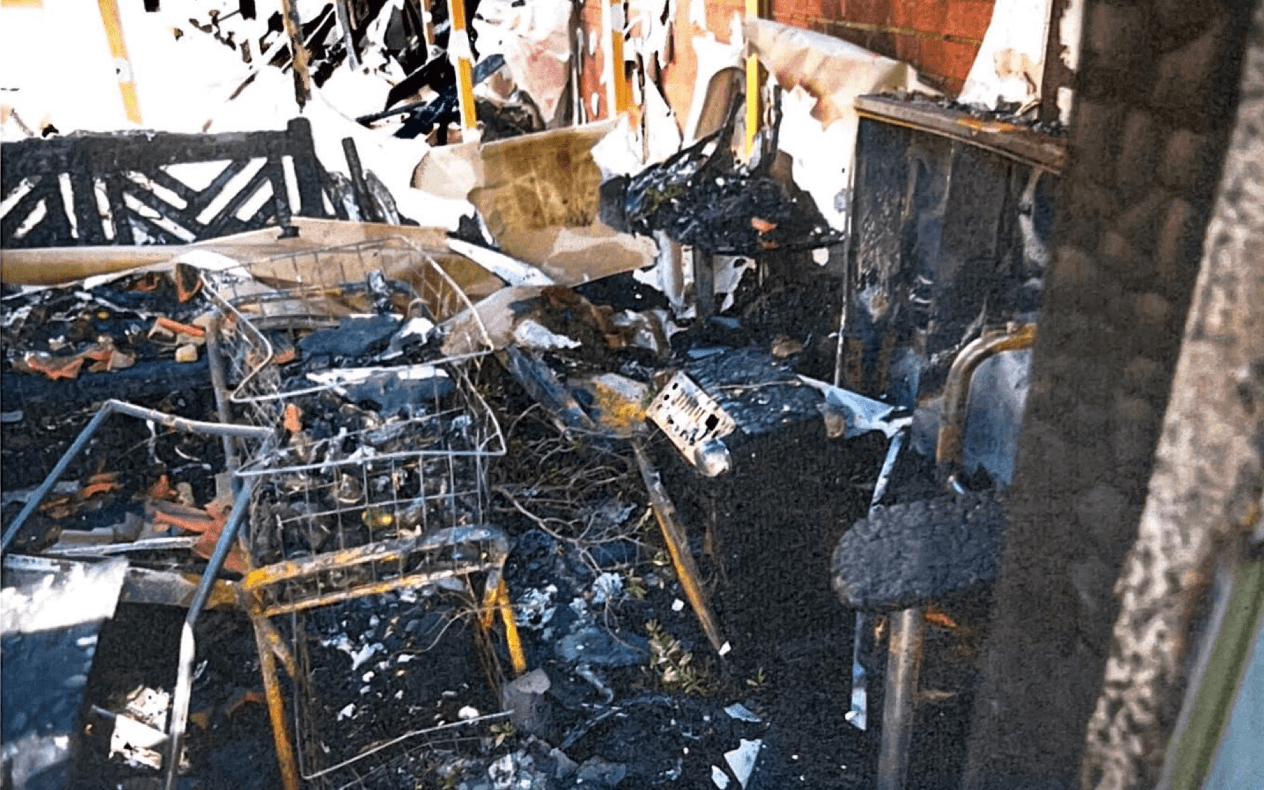
Restrict access to the area.
Do not leave appliance gear/personal items on scene.
Part B. 4.
Who is primarily responsible for determining the cause of fire on scene?
The Incident Controller and if they are unable to determine it is elevated to FIU
Part B. 9B.
List three (3) things you should observe which may assist investigations on arrival at an incident:
Any 3 of the following are acceptable:
1. Colour of the smoke.
2. Flame colour.
3. Location of greatest/most intense fire activity.
4. Number and location of seat(s) of fire.
5. Identification of recent Tyre marks and/or footprints.
6. Note suspicious person(s), vehicles/motorbikes in or leaving the area.
7. Whatever is black or burnt at time of arrival as this will include area and point of origin of fire.
Part B. 8.
What is the main purpose of recording actions taken by firefighters at an incident?
1. Support firefighters' actions.
2. Provide a detailed account of the incident scene (on arrival, during and after).
Part B. 2.
Detail how you would estimate the distance of the boundary around an incident scene.
Wherever the furthest piece of evidence is on the fire ground and then allow more
4. Detail the means of enhancing scene safety in this incident.
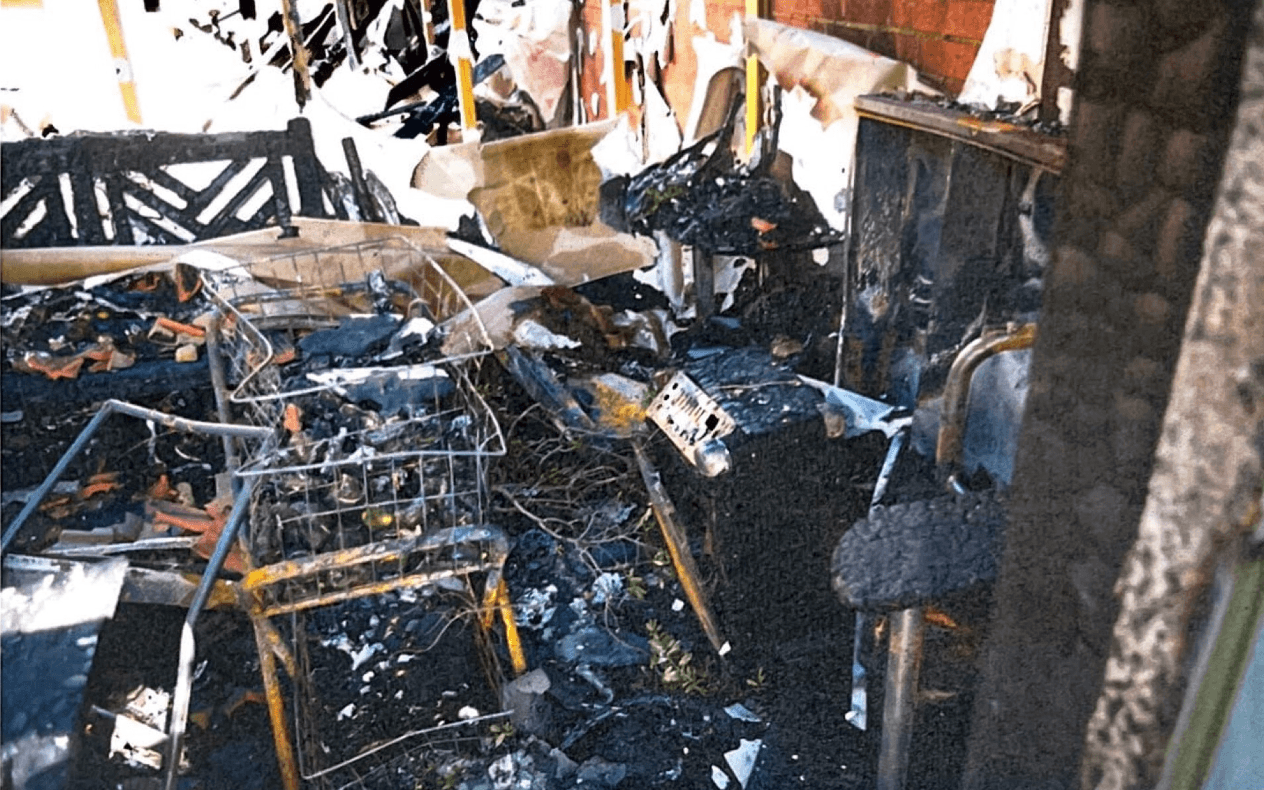
Awareness of debris falling from above.
Restrict access to the area.
Use restrictive tape.
Part B. 5.
Who is responsible for taking witness statements?
VicPol (on scene)
Part B. 11.
Under what circumstances is it necessary to make sketches or take photographs of a scene?
1. When evidence needs to be disturbed or destroyed, or
2. Believe evidence is removed by firefighters before arrival of fire investigators, or
3. Prior to overhaul or further extinguishments.
4. Any fire of note or fatality.
Part B. 10.
List four (4) actions that a firefighter can preserve the scene during fire suppression activities.
Any four of the following are acceptable:
1. Minimal water use.
2. Minimise overhaul.
3. Secure the area and restrict access.
4. Don't use straight water jet patterns on area of origin for fire suppression.
5. Use appropriate water streams (fog pattern)
6. Leave evidence in situ.
7. Protect suspicious items such as, Tyres, fuel containers, accelerant trails, items not associated with occupancy and footprints.
Part B. 3.
What Factors should you take into account when establishing a boundary?
1. The cordoned off area should be large enough to take in all the evidence.
2. Use restrictive tape, VicPol and appliances to establish boundaries.
What actions would you take in implementing protection of and preserving a fire scene in all weather conditions?
Use tarps to protect the arae from the elements
Use of technology, take photos for Fire Investigation
Use of restrictive tape to tape off area
Restrict visibility with tarps
Part B. 7.
FRV has legislative a requirement to investigate the origin and cause of fires that occur within the FRV fire district. Name the Act and list the relevant sections of this Act.
1. FRV Act 1958.
2. Section 71
3. Section 71A
Part B. 12.
What accompanying information should be included with each photograph or sketch to ensure validity?
1. With a sketch - indicate the general scale and orientation with the location.
2. For sketches and photographs include - time, date, and address.
Part B. 14.
Who in your organisation is authorised to request a Fire Investigation to attend an incident?
Commander or above.
Part B. 13.
When gathering information from a scene where should you record your observations. Provide two answers....
1. On standard agency forms for recording observations (incident log, pocket logbook).
2. if the forms are not available - use personal notebook.